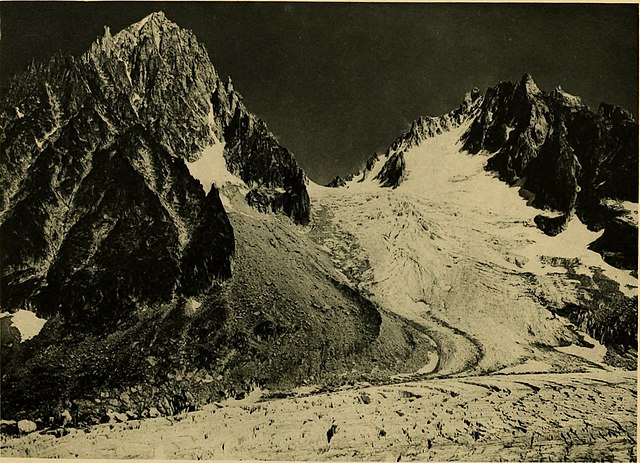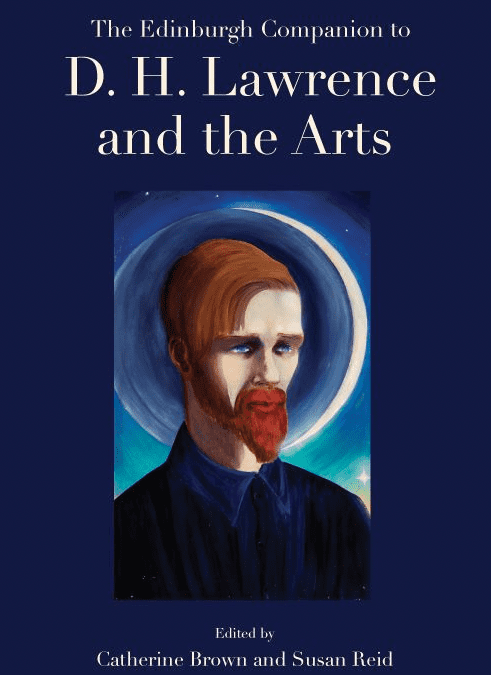This article appeared in the Journal of the D.H. Lawrence Society, Vol 3, No. 2, 2013, 57-84: this is a pre-edited version, and is published here by kind permission of the editor, Sue Reid.
The Alps in D.H. Lawrence’s Thought and Theology
Abstract
In 1912, from the valley of the Isar, D.H. Lawrence saw the Alps for the first time. Like his characters the Prussian Officer’s orderly, Gudrun Brangwen, Mr Noon, Aaron Sisson, and the Countess Hannele zu Rassentlow, he was deeply moved by the experience, and thereafter returned to the Alps in person and in his fiction repeatedly. In 1913, 21, and 27 he crossed the Alps both ways, and in 1928 in both ways twice; overall, in half the years of his life after 1912 he visited the Alps, and he wrote about them between 1912 and 1923 and again in 1928. The Alps focus, crystal-like, several aspects of Lawrence thought – notably his binarism, his psycho-geography, and his understanding of God – yet they have hitherto received relatively little attention in Lawrence studies. This paper concentrates on two aspects of Lawrence’s Alpine psycho-geography: the Alps’ horizontal location in Europe (in relation to his North/South, Germany/Italy, Arctic/African binary), and their vertical range. In practice, these involve respectively a greater concern with the relative, and with the absolute, therefore the paper moves from a greater concern with the human, to the divine. It is argued that the Alps are not only used by Lawrence to exemplify his North-South psycho-geographical binary, but that they complicate this binary by involving factors which are specific to mountain altitude. The Alps inflect Lawrence’s conception of the divine by presenting a non-human guarantor of the immaculate and eternal. Lawrence is both attracted to and sceptical of this vision, and eventually turns away from it around 1923 – but not without his metaphysics and theology having been permanently affected.




